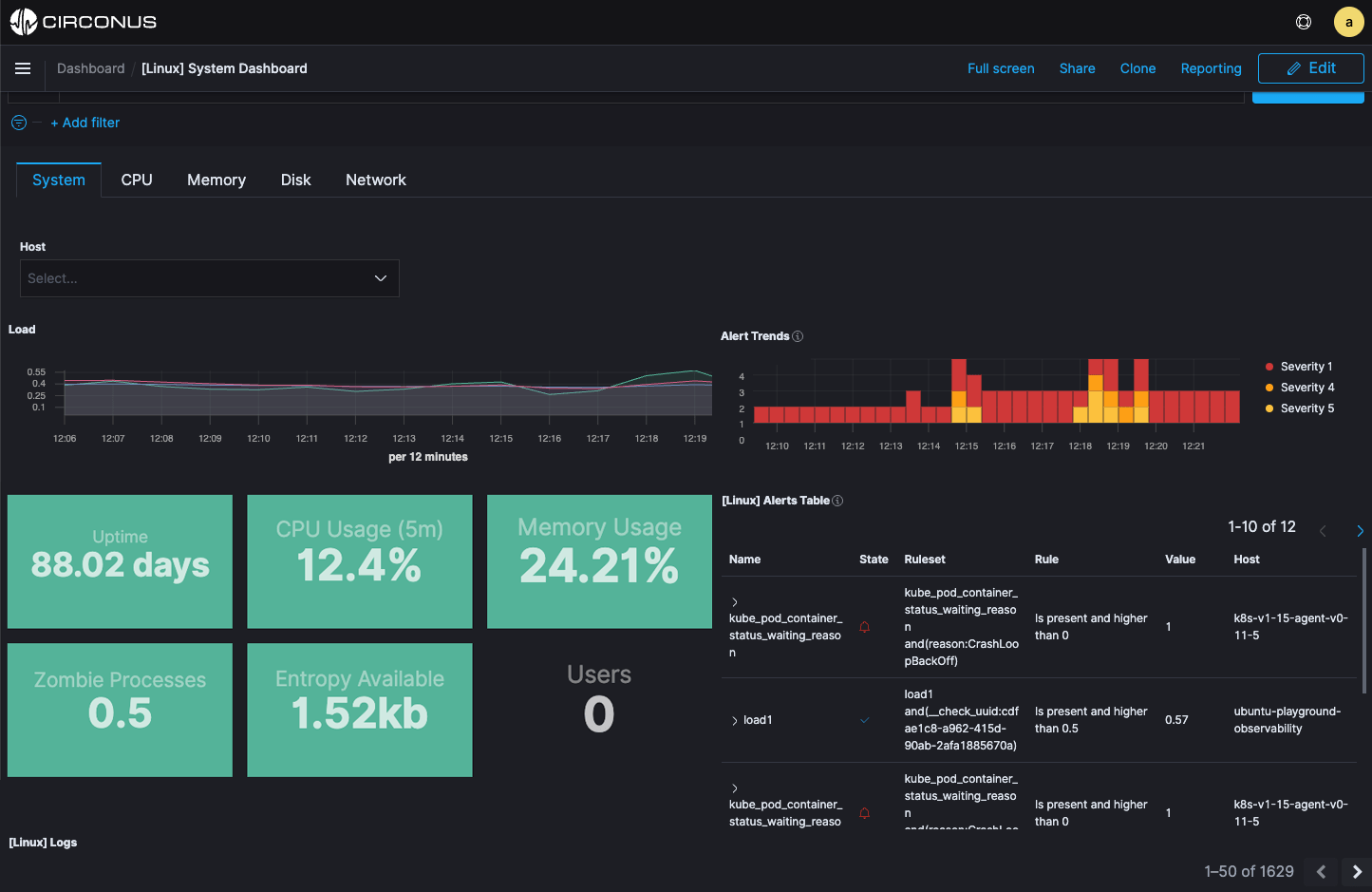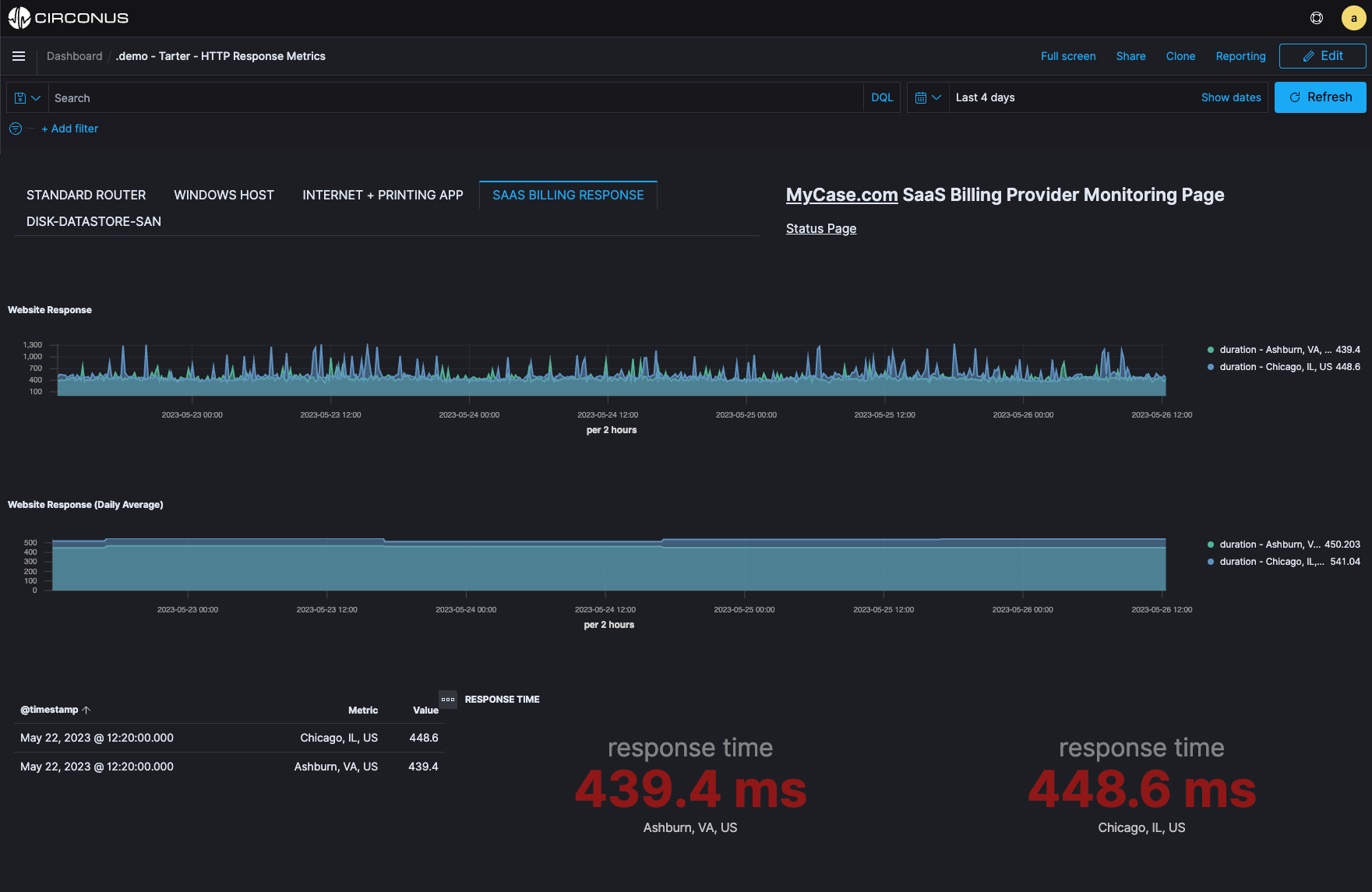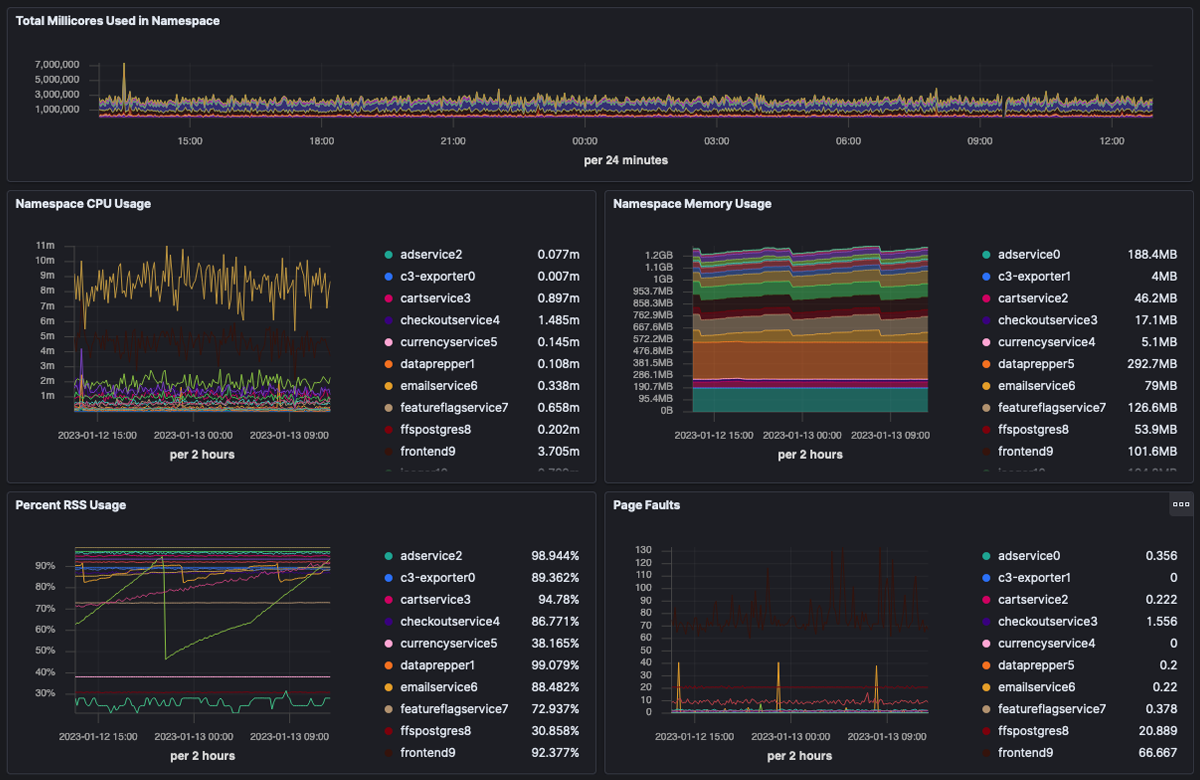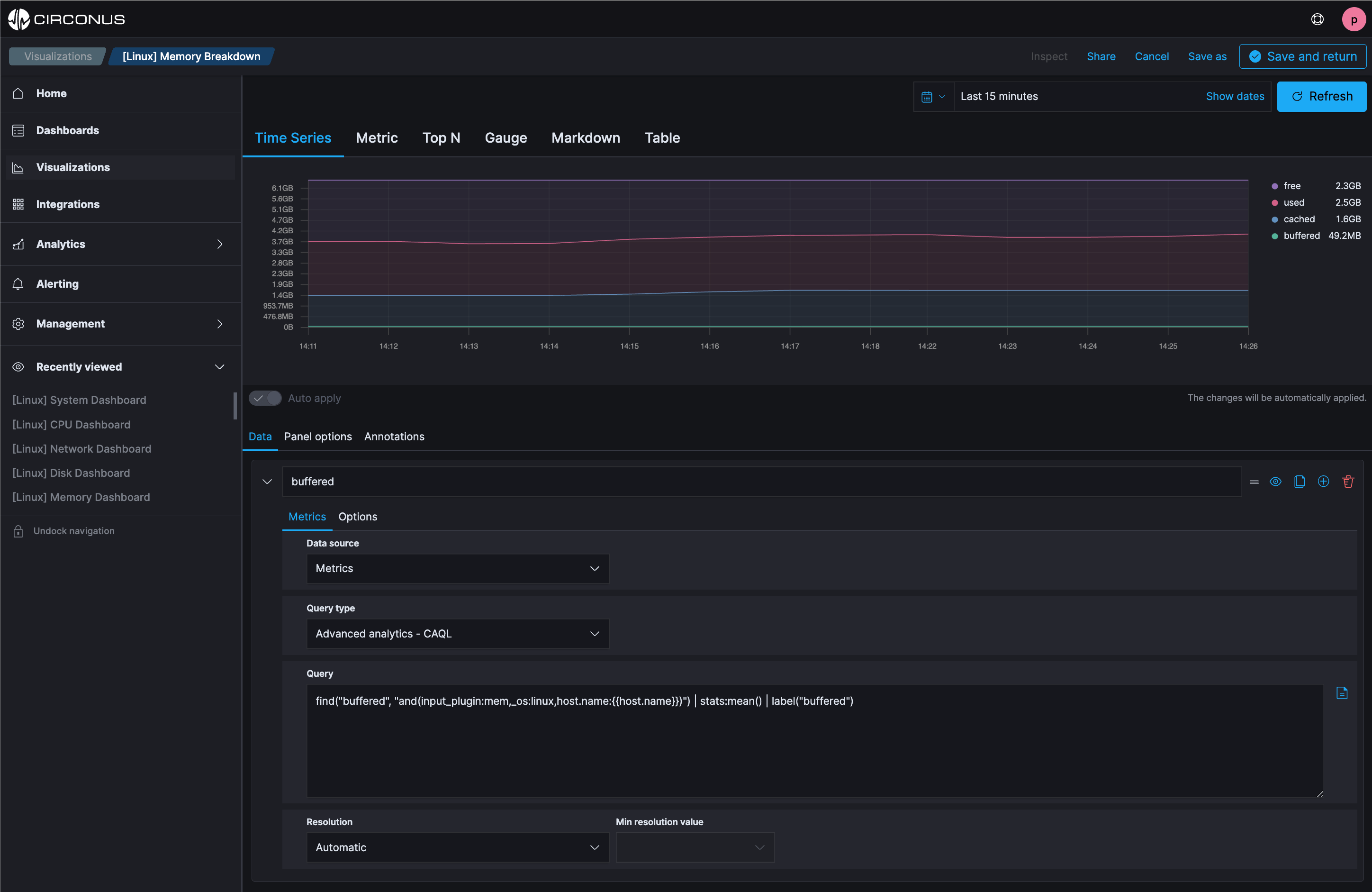Circonus dashboards provide a unified framework for exploring your metrics, logs, and traces across your infrastructure, network, cloud, and applications. Leverage out-of-the-box dashboards or customize with a rich set of visualization tools to view trends, outliers, and patterns and readily gain the specific insights your team requires.
Learn the 10 Essential Monitoring Tenets to Live By
Reduce learning curve with support for open standards

With Circonus we have been able to merge application performance modeling with SLOs, Kubernetes monitoring, and traditional network and hardware monitoring at high (and growing!) scale.
The richness of this high frequency data allows us to understand user and systems behavior with a level of detail we haven’t experienced as an organization before now. The ability to perform real-time analysis on billions of data points drives how we think about, and debug, performance for millions of baseball fans. Combined with a monitoring-as-code approach, our engineers get all of this delicious data out of the box with little to no time spent.
Riley Berton, Principal SRE
Major League Baseball




